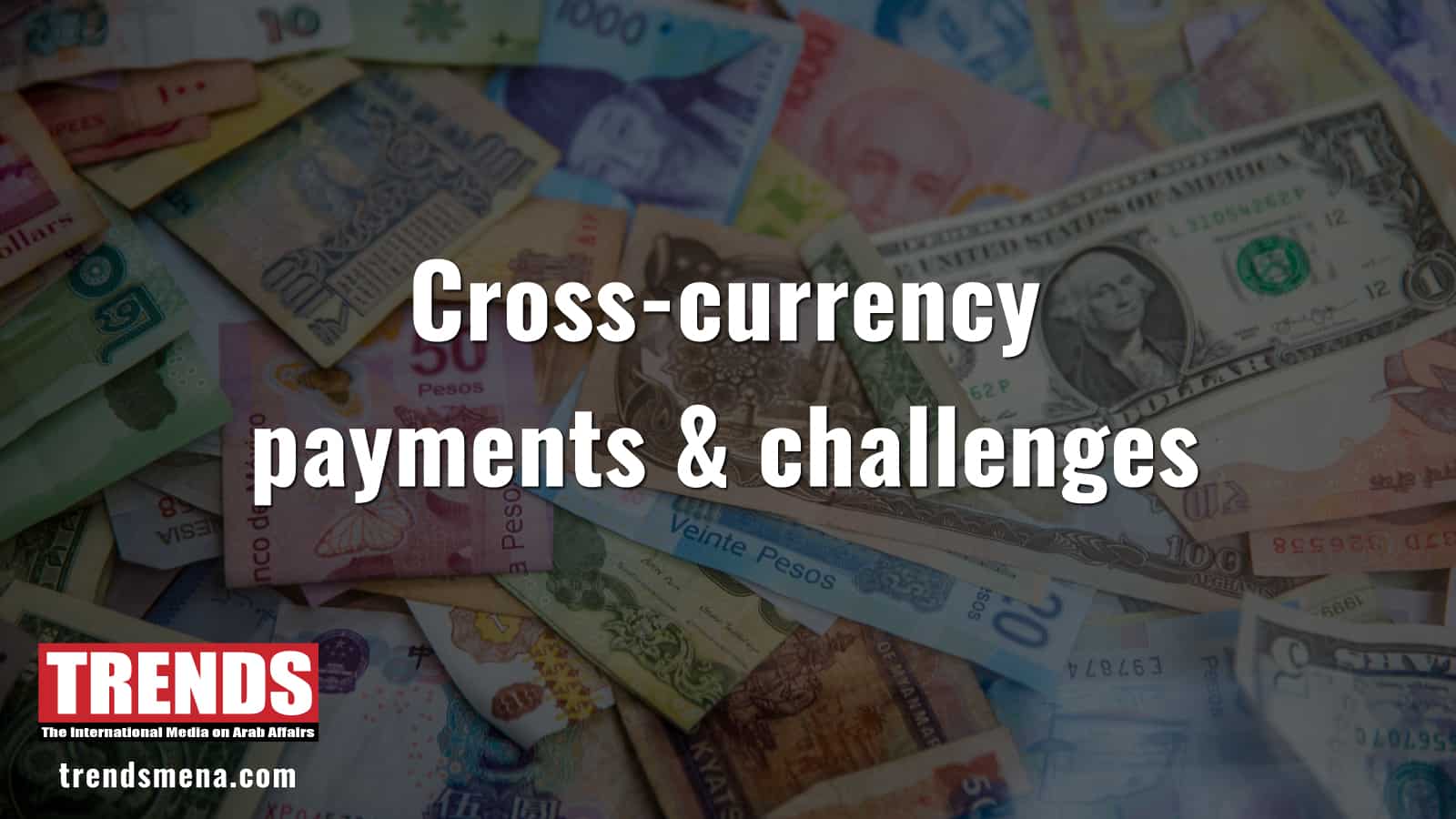A cross-currency payment refers to the entire transactions chain which results in the debiting of an account in one currency and the crediting of an account in another currency. A cross currency pair is one that consists of a pair of currencies traded in forex that does not include the US dollar. Common cross currency pairs involve the euro and the Japanese yen.
Cross currency transactions make it easier for international payments. Because an individual does not have to swap the currency into US dollars first, there is only one transaction, meaning only one spread is crossed. TRENDS takes a look at the challenges facing cross-currency payments:








